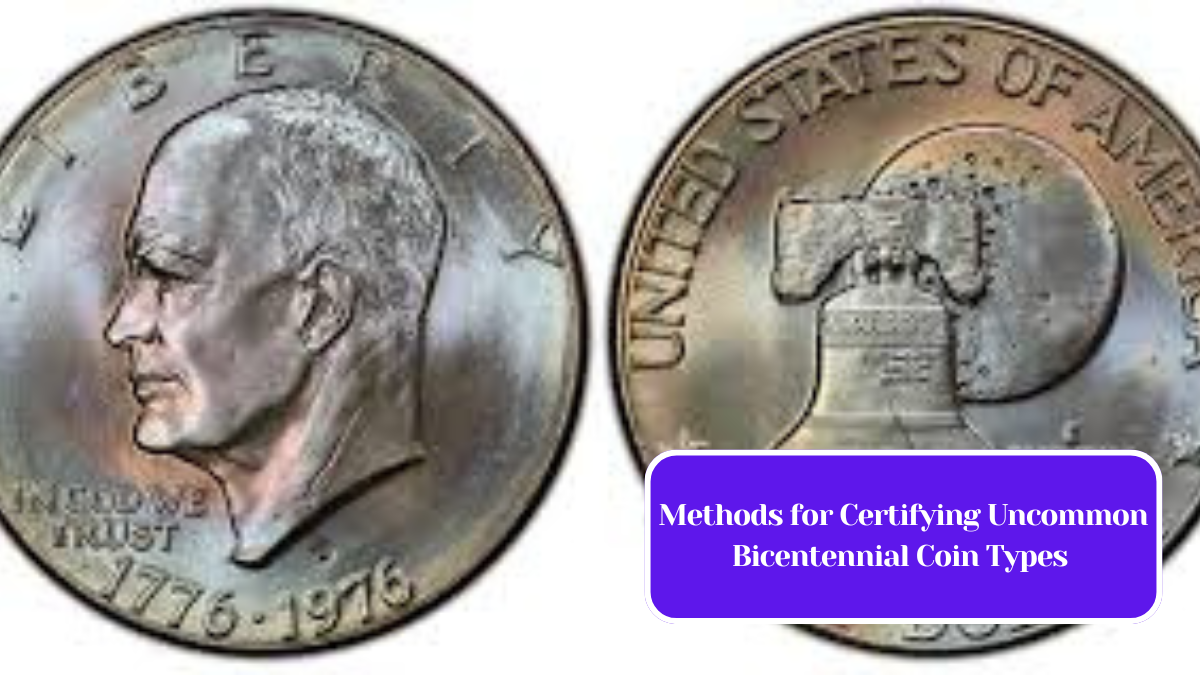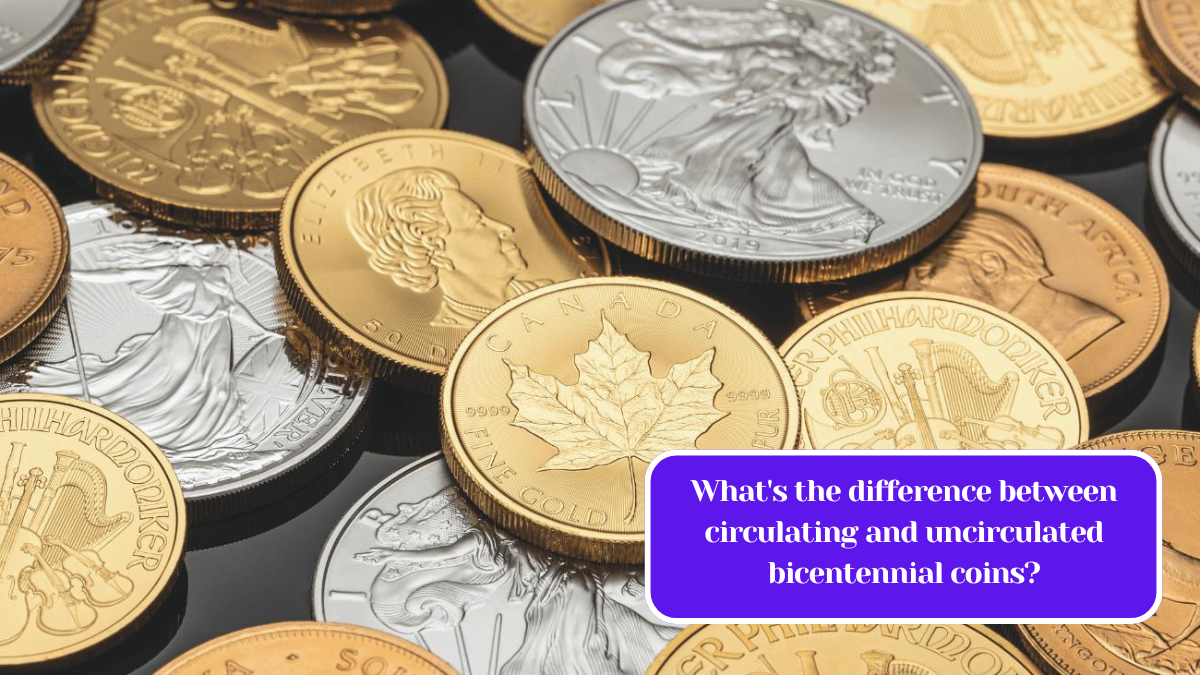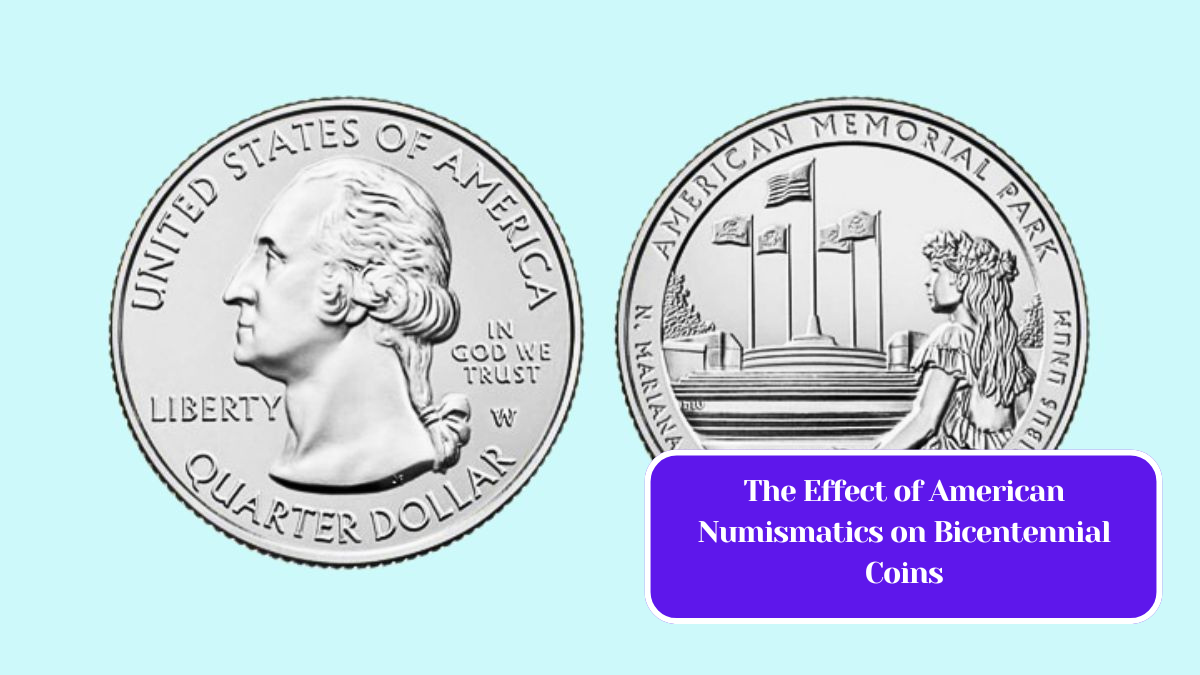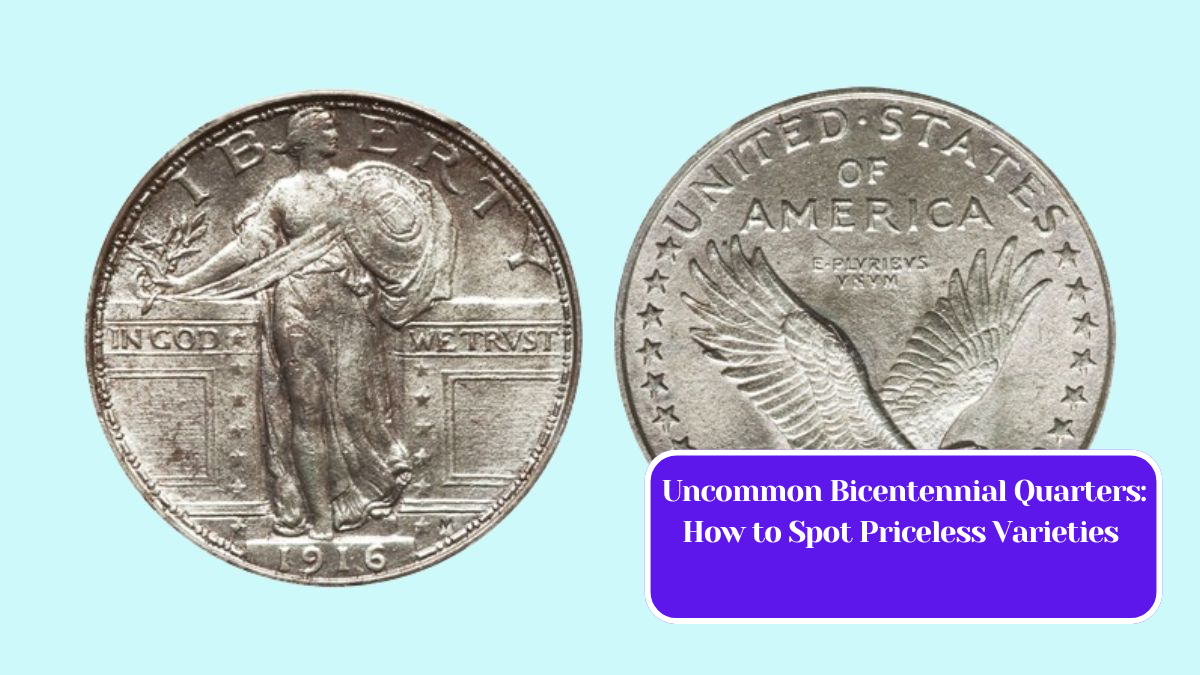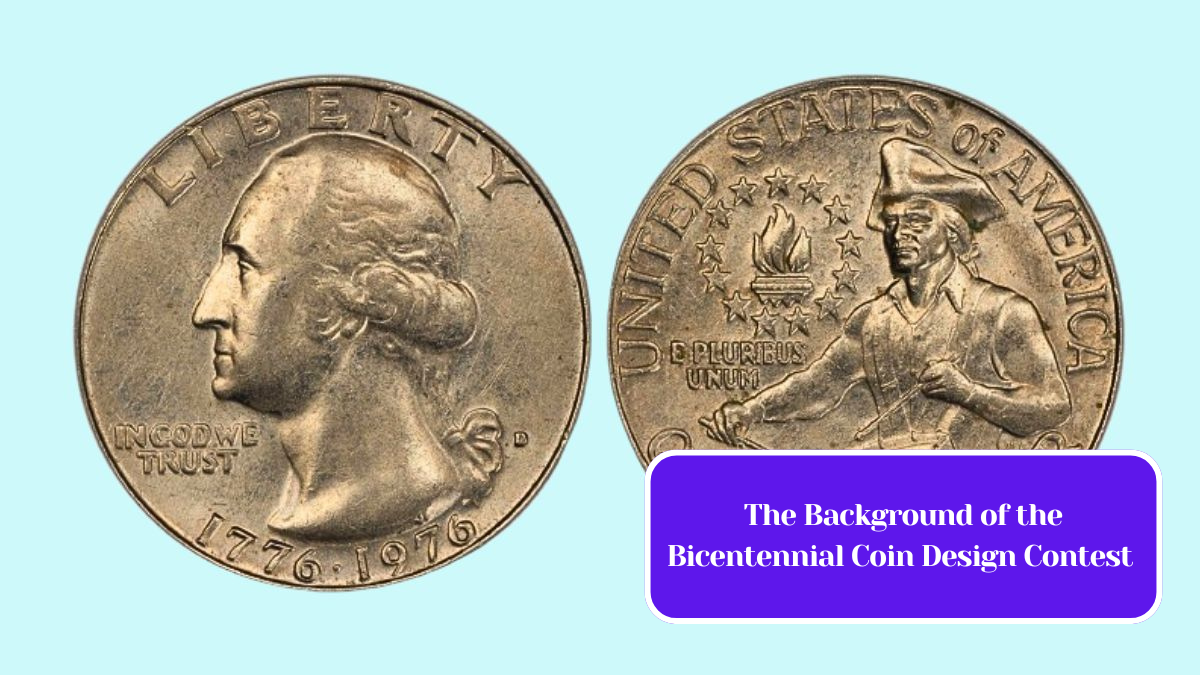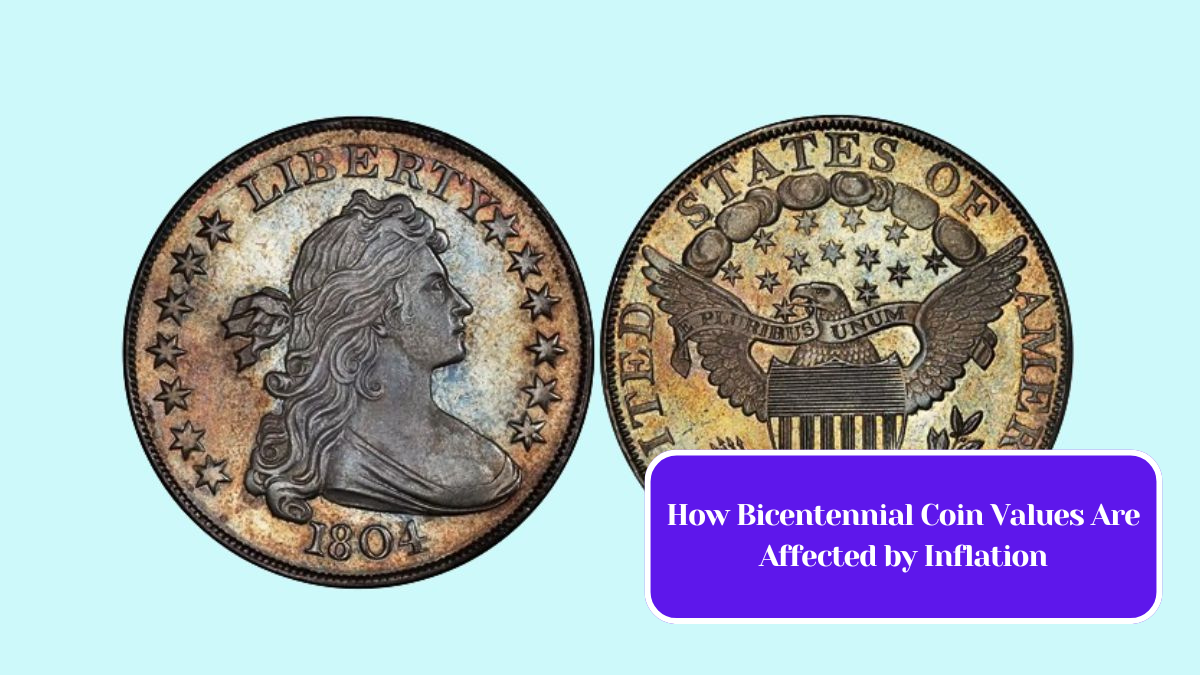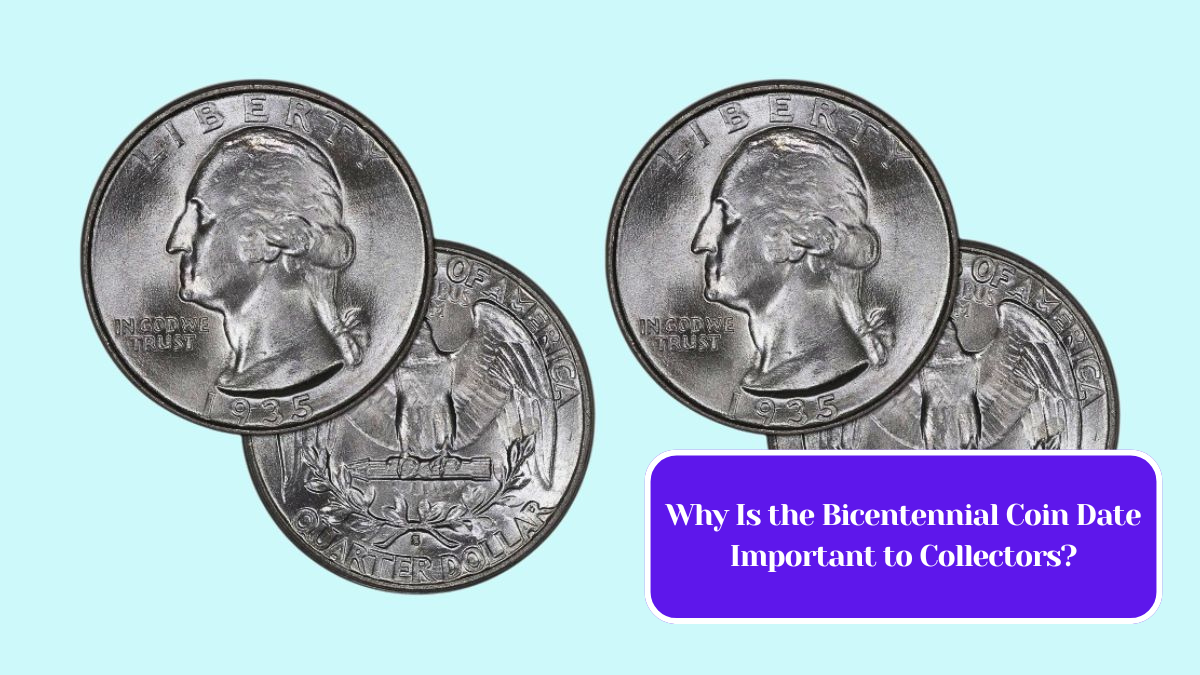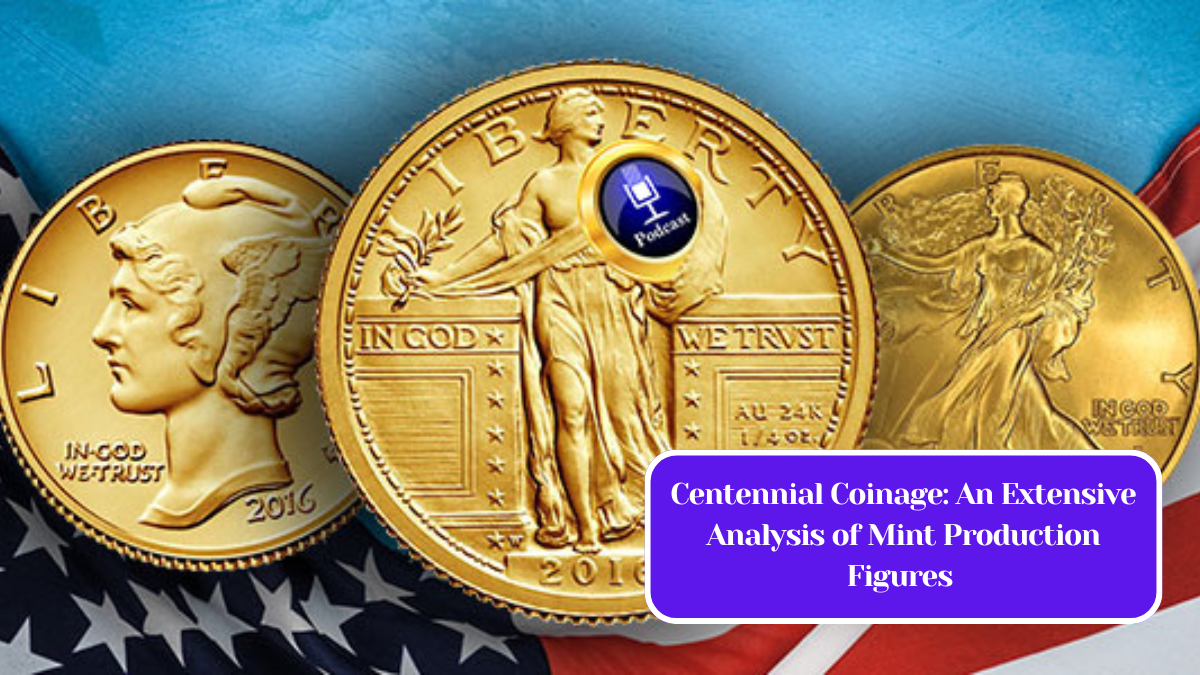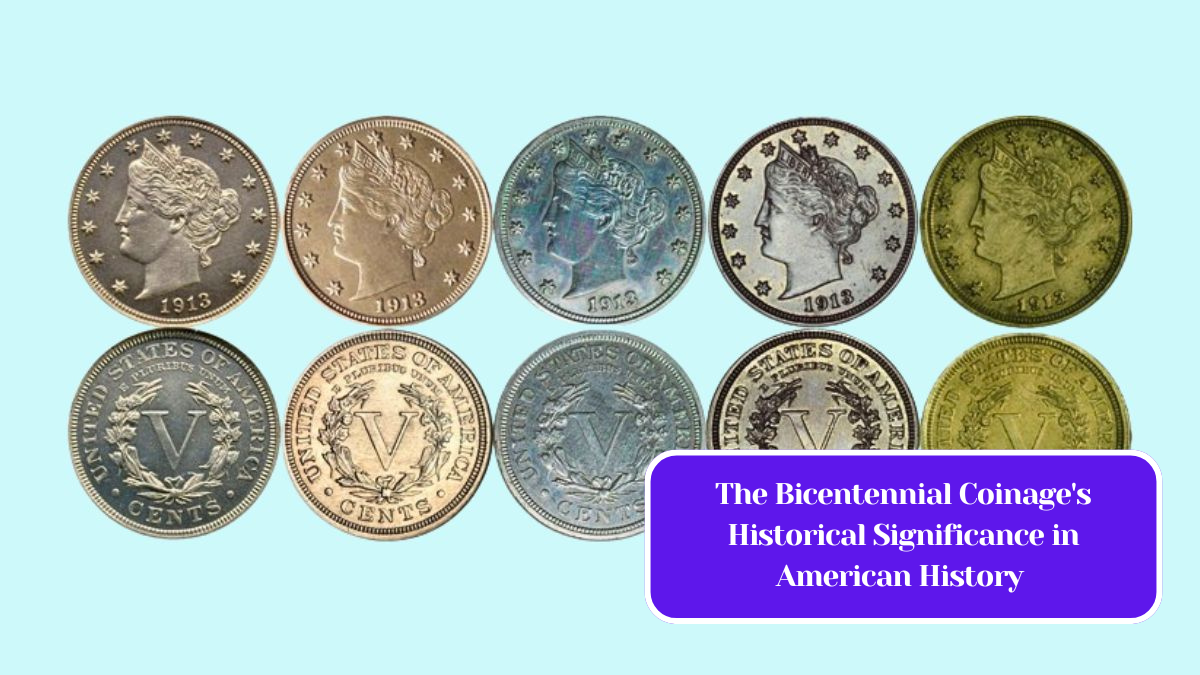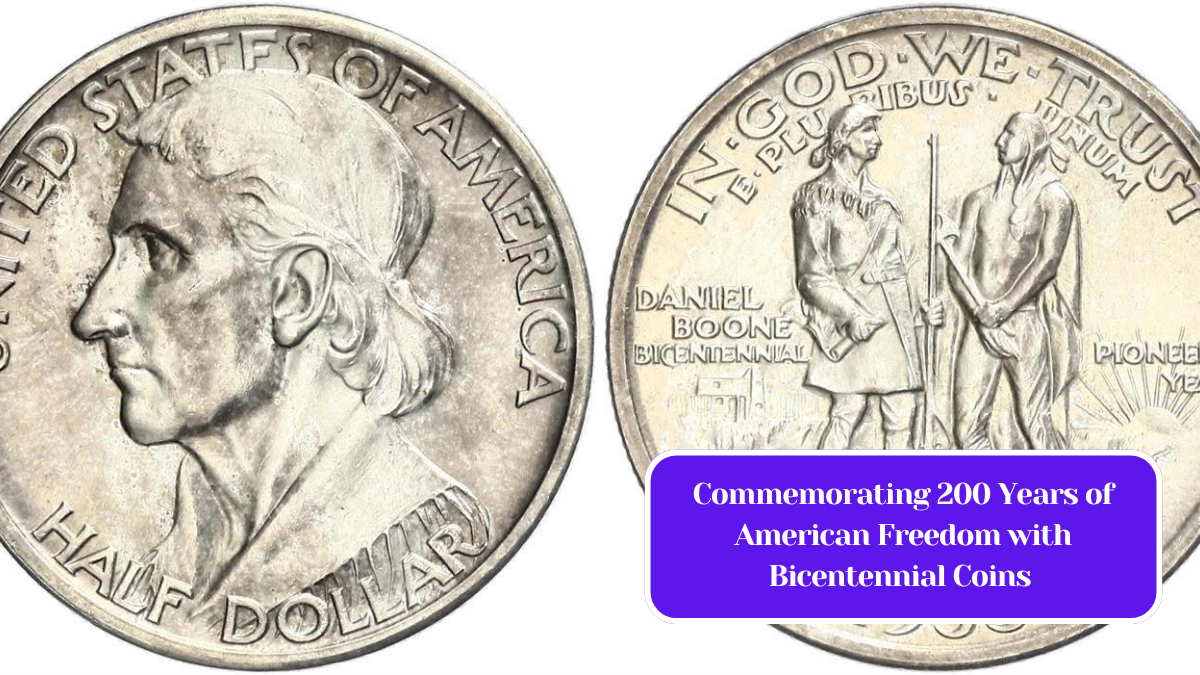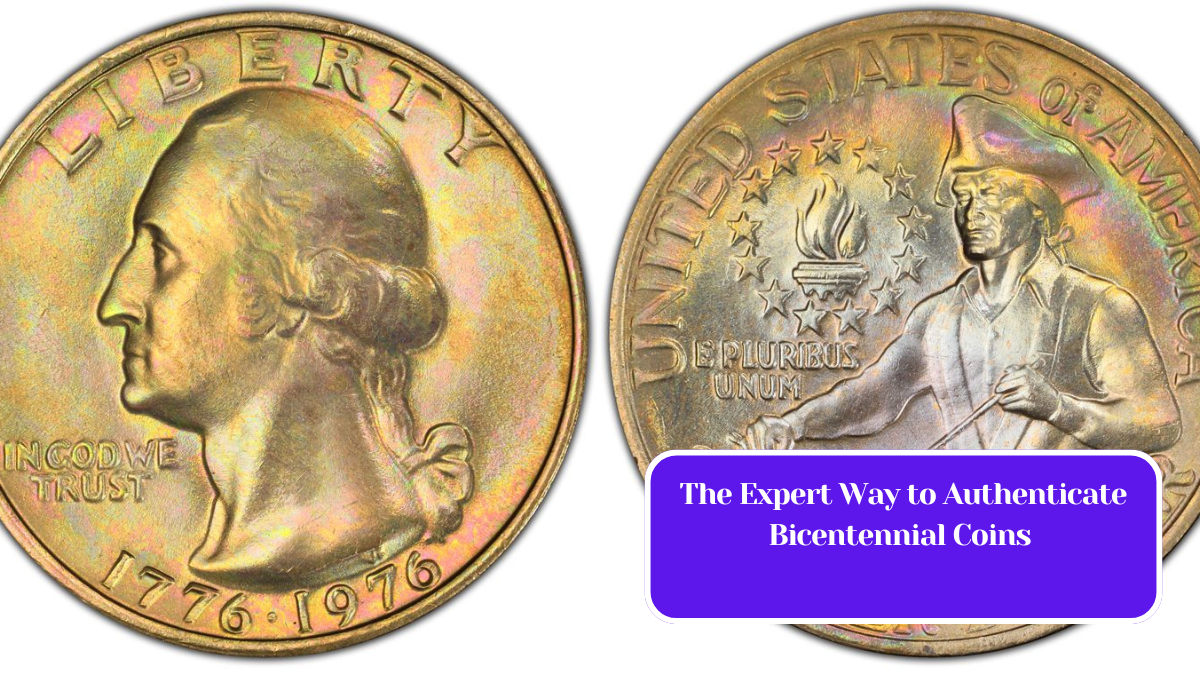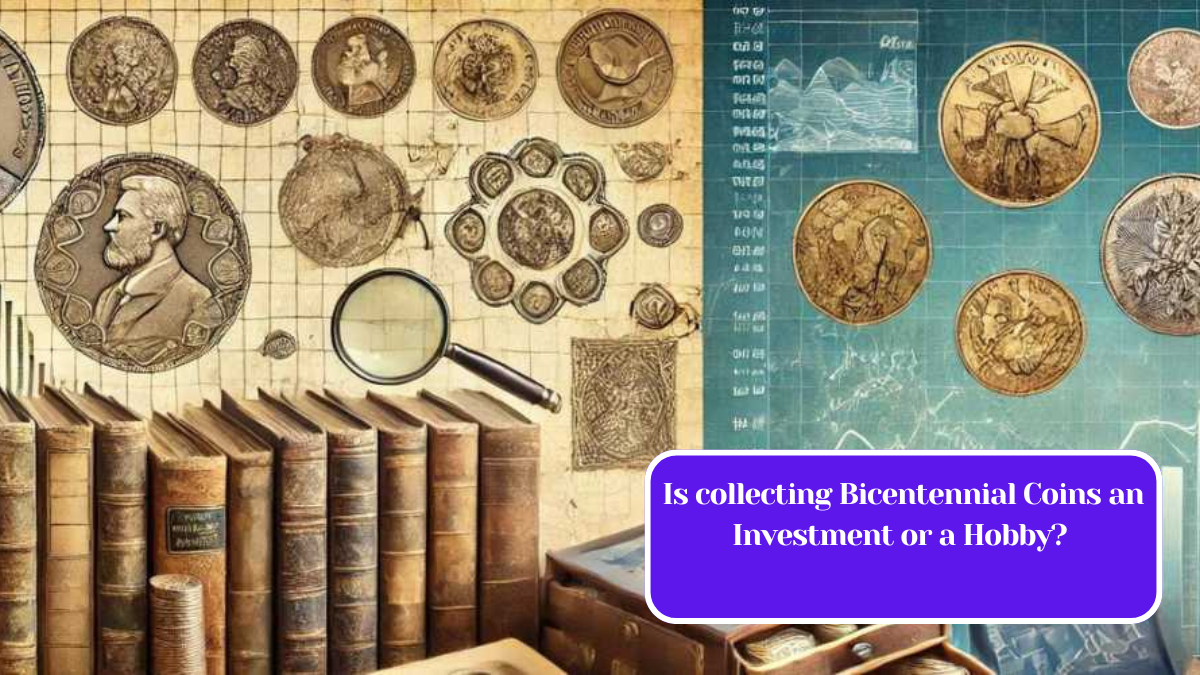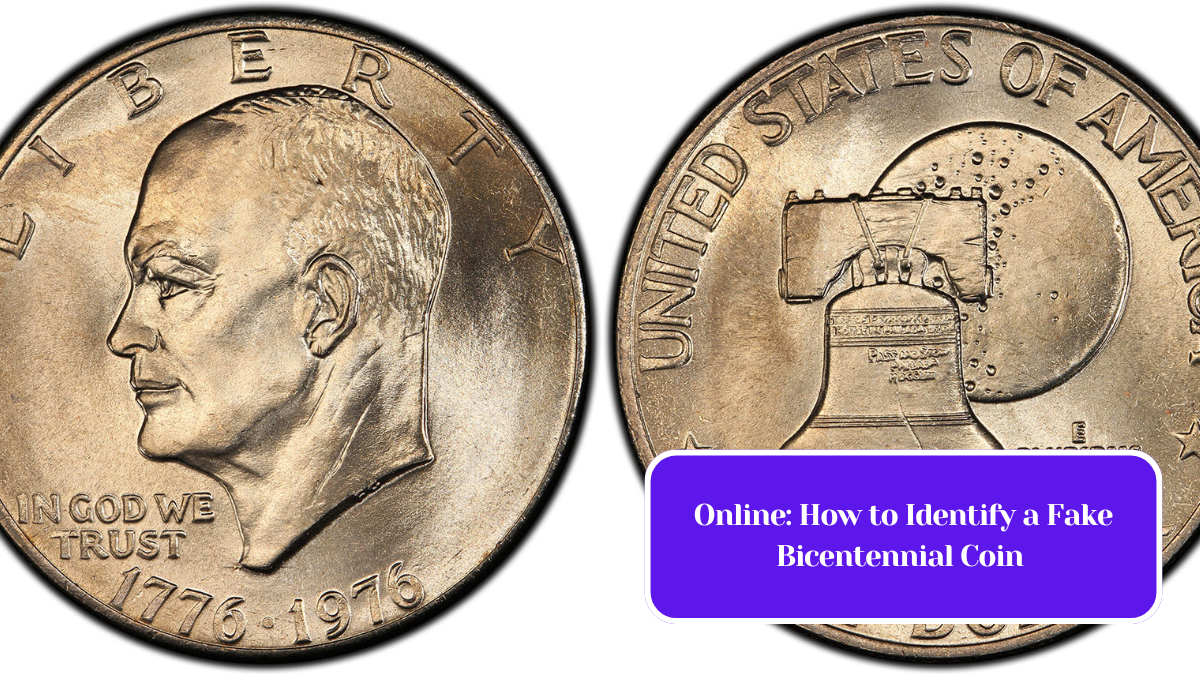As the United States celebrated its Bicentennial in 1976, a variety of coins were issued to commemorate this historic occasion. While the most common coins—such as the quarter featuring a patriotic design—are widely recognized, several uncommon types exist that may not be as familiar to collectors. Certifying these uncommon Bicentennial coin types is essential for collectors, investors, and historians alike. This article explores various methods for certifying these unique coins, ensuring their authenticity and value in the marketplace.
Understanding Bicentennial Coins
The Bicentennial coins were issued to mark the 200th anniversary of American independence. The series included special designs for the quarter, half dollar, and dollar coins, each adorned with unique imagery that reflects American history and values. While many of these coins were produced in high volumes, several lesser-known variants—such as certain proof sets, mint errors, and unique finishes—are less common and can be valuable to collectors.
Why Certification Matters
Certification serves multiple purposes:
- Authenticity: Protects collectors from counterfeit coins.
- Condition Grading: Provides a standardized grading system to determine the coin’s condition and value.
- Marketability: Certified coins can often fetch higher prices due to their verified status.
- Historical Documentation: Offers a record of the coin’s origin and ownership.
Methods for Certifying Uncommon Bicentennial Coins
1. Professional Coin Grading Services (PCGS, NGC)
The most reputable method for certifying uncommon Bicentennial coins is through Professional Coin Grading Services (PCGS) and the Numismatic Guaranty Corporation (NGC). These organizations are widely recognized for their expertise in grading and authenticating coins.
- Submission Process: Collectors can submit their coins for grading. This involves paying a fee and providing detailed information about the coin.
- Grading Scale: Coins are graded on a scale from 1 to 70, with 70 being a perfect coin. This grading influences the coin’s market value.
2. Independent Appraisers
For those who prefer a more personalized touch, independent appraisers with experience in numismatics can offer certification services.
- Qualifications: Ensure that the appraiser is a member of a recognized professional organization, such as the American Society of Appraisers (ASA).
- Detailed Reports: An independent appraisal can provide a comprehensive report detailing the coin’s history, condition, and market value.
3. Mint Marks and Die Varieties
Certain uncommon Bicentennial coins may have specific mint marks or die varieties that contribute to their rarity.
- Research Resources: Reference materials, such as the “Red Book” (A Guide Book of United States Coins), can help identify these features.
- Expert Consultation: Consulting with numismatic experts can provide clarity on identifying and certifying these unique traits.
4. Numismatic Shows and Conventions
Attending coin shows and conventions offers opportunities for on-site certification.
- On-Site Grading: Many shows feature representatives from grading services who can provide immediate grading and certification.
- Networking: Engaging with other collectors and experts can yield valuable insights into lesser-known coin types.
5. Online Platforms and Communities
Numerous online platforms cater to coin collectors, providing forums for discussion and resources for certification.
- Online Grading Services: Some platforms allow for remote grading and certification submissions, streamlining the process for collectors who may not have access to local services.
- Community Insights: Engaging with online communities can help collectors gain knowledge about uncommon Bicentennial coins and their certification.
Certifying uncommon Bicentennial coin types is crucial for any serious collector or investor. Utilizing reputable grading services, seeking independent appraisals, and leveraging community resources are effective methods for ensuring the authenticity and value of these unique pieces of American history. Whether you’re a seasoned collector or a newcomer to numismatics, understanding the certification process will enhance your experience and investment in these remarkable coins.
